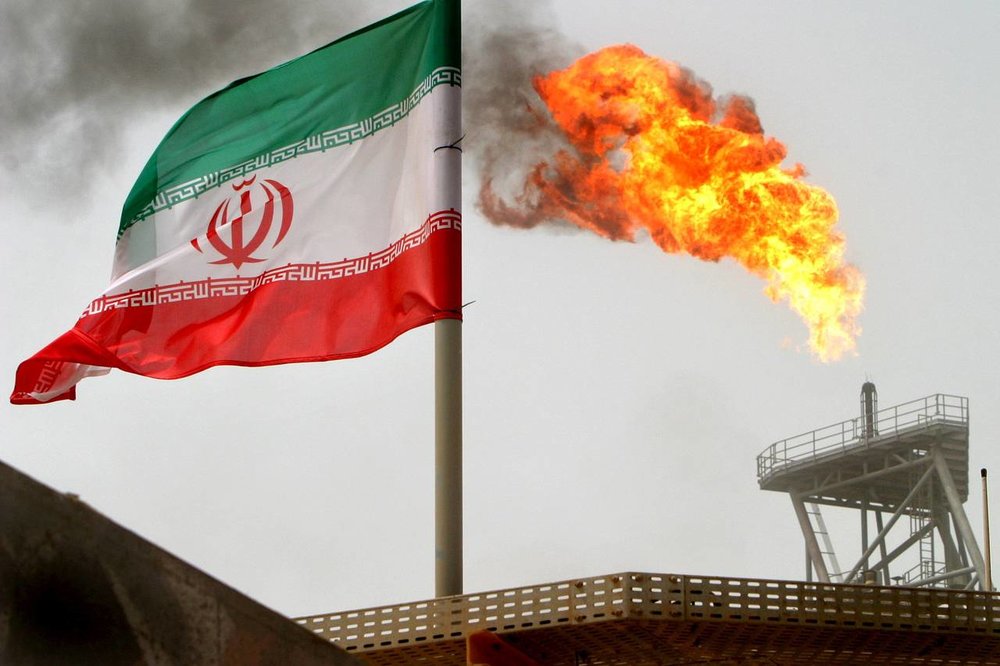Iran’s gas exports: potentials and challenges

Although Iran ranks first in the world in terms of natural gas reserves - according to the BP Statistical Review of World Energy, the country holds around 18 percent of total proven natural gas reserves globally-, when it comes to exports, it has a long way to the top of the list of gas exporting countries.
The country is currently recovering only a small share of its gigantic gas reserves, something about 280 billion cubic meters per year, from which even a much smaller portion is exported to the neighboring countries.
The situation raises the question of what Iran, as the country with world’s largest gas reserves, should do to gain its deserved share in world’s gas markets, and what approach the National Iranian Gas Company (NIGC) should be following to reach this goal.
In general, the gas recovered from a reserve is consumed in different areas, a portion is injected to oil wells to improve their recovery factor, a part is supplied to the national gas network, some is exported and a part is used for generating electricity in power plants.
According to the International Energy Agency (IEA), natural gas supplies 22 percent of the world’s energy needs, and accounts for nearly a quarter of electricity generation worldwide, it is used and transported in various forms including Liquefied Natural Gas (LNG), Compressed Natural Gas (CNG), and Liquefied Petroleum Gas (LPG) as well as through pipelines.
In recent years the demand for gas as a more clear fuel has increased drastically and natural gas market has become more globalized.
Contrary to our country which has a very low level of gas exports, in most of the gas producing countries a great portion of the recovered gas is exported to other countries.
Due to the West-imposed sanctions in the past few years, Iran has not been able to keep up with other gas producing countries in this regard, Iranian gas is mostly exported to the neighboring countries through pipelines and Eurozone is almost completely out of Iran’s reach for gas exports.
The country is currently producing 800 million cubic meters (mcm) of gas per day of which only 34.8 mcm is exported.
Hamid Hosseini, an Iranian gas expert, believes that Iran’s gas market being limited to the neighboring counties is what hurting the gas industry the most.
“The country should add a variety of new products to its exports basket in order to be able to compete with other gas exporting countries,” Hosseini said.
“As the country with the most natural gas reserves in the worlds we should have a long term plan for gaining some share in Europe’s market as well,” the expert added.
However, Iranian Deputy Oil Minister for International Affairs and Trading Amir-Hossein Zamaninia still believes that neighboring countries and India should be Iran’s top priority for gas exports and not Europe.
In August 2016, Oil Minister Bijan Namdar Zanganeh said that Iran plans to increase gas exports to 200 million cubic meters per day (mcm/d), emphasizing that exports via pipelines to neighboring countries and the completion of LNG projects are prioritized.
Considering the gap between the current level of exports and what is on the agenda, it seems what Hosseini said is true and the country needs to improve its downstream sector to a great extent in order to expand the domain of its gas customers beyond the neighboring countries. Of course, reaching this goal necessitates attraction of a great amount of foreign investment.
According to several energy sources, since January 2016 several Asian and European companies have been negotiating with Iran to participate in the completion and commissioning of gas projects and that could be a good opportunity for realization of an ideal downstream sector for the gas industry.
Of course foreign investment is just a part of what is necessary for progress, NIGC should attract the participation of the private sector alongside foreign investment.
With Iran signing numerous deals with giant companies like France’s Total, and having plans for developing new fields alongside completing South Pars phases, a steep rise in natural gas output in near future doesn’t seem out of reach, but the country should consider diversifying its exports basket and development of new gas refineries and LNG plants in order to expand its destination markets to Europe and even America.
Comments